Introduction
Iran, a land steeped in history and blessed with abundant natural resources, has long been a prominent name in the global tile and stone industry. From the breathtaking tilework of ancient Persian mosques to the luxurious marble quarried from its rugged mountains, Iran’s contributions to architecture and design are undeniable. Today, this industry plays a vital role in the country’s economy, offering both employment and export revenue. However, exporting tiles and stones from Iran is no simple task. The sector faces significant hurdles, such as economic sanctions and logistical inefficiencies, yet it also holds immense potential, with opportunities in emerging markets and technological advancements. This article explores the journey of Iran’s tile and stone exports, diving into its rich history, current landscape, challenges, and the bright prospects ahead. Whether you’re a business professional, an investor, or simply intrigued by global trade, this guide provides a detailed look at one of Iran’s most dynamic industries.
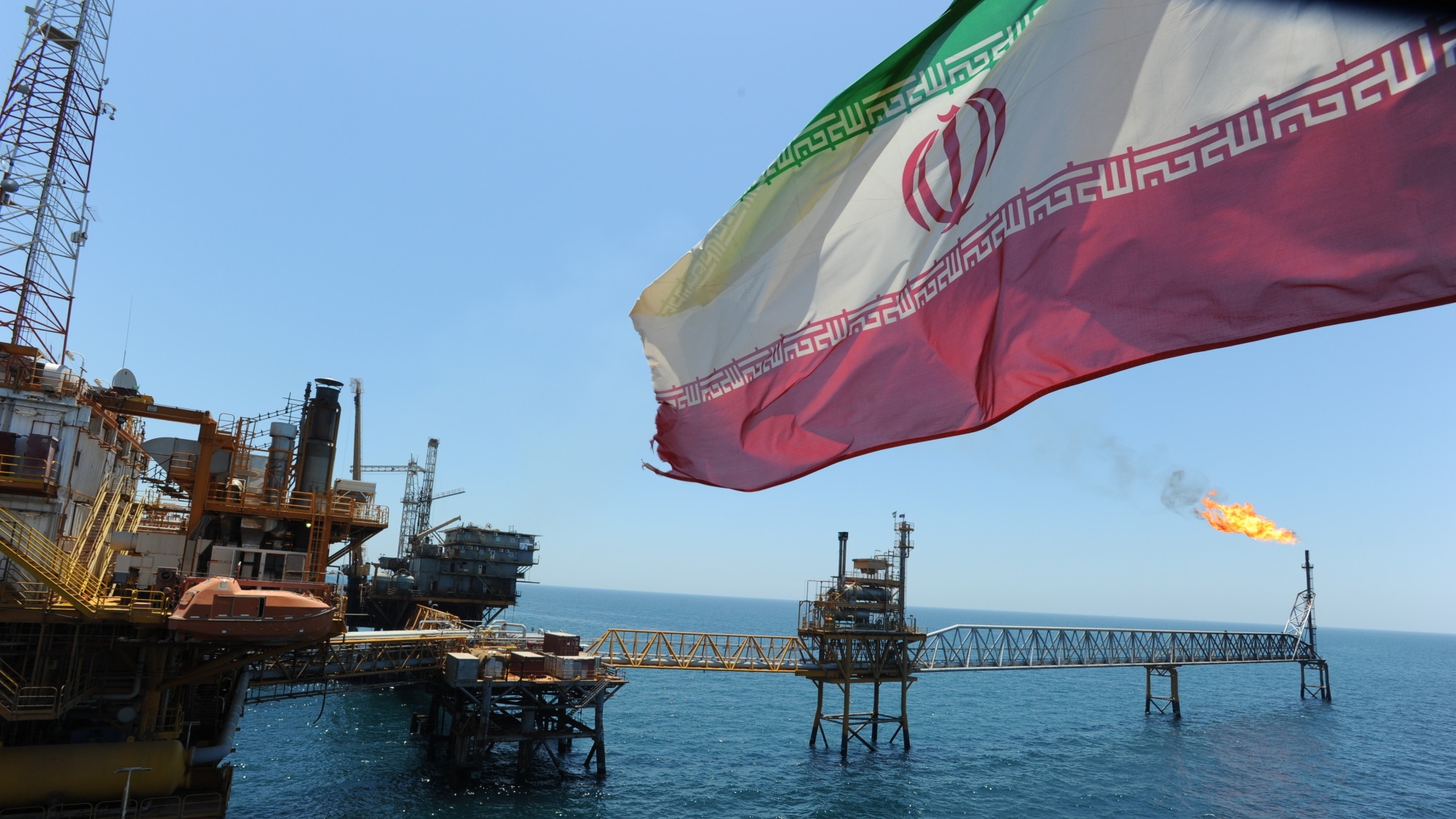
The History of Iran’s Tile and Stone Industry
Tile-Making in the Islamic Era
Iran’s tile industry boasts a legacy that stretches back centuries, with its golden age flourishing during the Islamic period. Known as kashi-kari, Persian tilework became a cornerstone of architectural beauty, adorning mosques, palaces, and tombs with intricate patterns and vivid colors. Masterpieces like the Sheikh Lotfollah Mosque in Isfahan showcase the artistry of this craft, blending geometric designs with calligraphy to create a visual symphony. This tradition isn’t just a relic of the past—it continues to inspire modern Iranian tile production, merging historical elegance with contemporary flair. The global appeal of these designs lies in their uniqueness, offering a cultural authenticity that sets Iranian tiles apart from mass-produced alternatives.
Iran’s Stone Quarries: A Natural Treasure
Beyond tiles, Iran is a powerhouse in natural stone production, thanks to its vast and diverse quarries. The country ranks among the world’s top producers of marble, travertine, and granite, with regions like Isfahan, Markazi, and Lorestan housing some of the richest deposits. Iranian travertine, with its warm tones and durability, is a favorite in construction, while Persian marble exudes luxury, rivaling the finest stones from Italy. These resources have fueled both domestic projects and international demand, positioning Iran as a key player in the global stone market. The combination of natural abundance and skilled craftsmanship gives Iranian stone a distinctive edge.
The Current State of Iran’s Tile and Stone Industry
Production Powerhouse
Iran’s production capacity in tiles and stones is nothing short of impressive. With over 200 factories, the country churns out approximately 500 million square meters of ceramic tiles each year, placing it among the top five producers worldwide. The stone sector is equally robust, with an annual output of over 10 million tons of processed stone. These figures highlight Iran’s ability to meet large-scale demand, yet the industry isn’t operating at full throttle. Aging equipment and limited access to modern technology mean there’s still room to grow—an opportunity waiting to be seized.
Export Markets and Growth
Iran’s tile and stone exports have carved a niche in regions like the Middle East, Central Asia, and parts of Europe. In 2023, tile exports exceeded 150 million square meters, generating around $400 million, while stone exports added another $200 million to the tally. Countries like Iraq, China, and Turkey are major buyers, drawn by Iran’s competitive prices and distinctive offerings. However, these numbers only scratch the surface of what’s possible. Markets in Africa, Southeast Asia, and Latin America remain largely untapped, presenting a golden opportunity for expansion.
Global Market Share
In the global arena, Iran holds a respectable position, ranking among the top 10 tile exporters and a leading supplier of travertine and marble. Yet, it lags behind giants like China, Italy, and Spain, which dominate with advanced technology and strong branding. Iran’s market share, while significant, is constrained by its focus on lower-cost segments rather than premium, value-added products. To climb the ranks, the industry must shift its strategy, emphasizing quality, innovation, and a stronger presence in high-value markets.
Challenges Facing Iran’s Tile and Stone Exports
Economic Sanctions
Few challenges loom larger than economic sanctions, which have plagued Iran’s export ambitions for decades. Imposed by various nations and international bodies, these restrictions limit access to global financial systems, complicate trade, and deter foreign investment. For tile and stone exporters, this means higher costs, restricted market access, and reliance on intermediaries—factors that erode competitiveness. While some have adapted by finding workaround solutions, the sanctions remain a formidable barrier, particularly for reaching lucrative markets like Europe and North America.
Logistical Bottlenecks
Transporting tiles and stones from Iran to the world is no easy feat. The country’s infrastructure, particularly its ports and shipping networks, struggles to keep pace with export demands. Delays, high costs, and reliance on transshipment through third countries are common issues, eating into profit margins. Add to that bureaucratic inefficiencies—like slow customs processes—and it’s clear why logistics is a persistent headache. Improving these systems could unlock smoother, more cost-effective trade routes.
Fierce Global Competition
The tile and stone market is a battlefield, with powerhouses like China, Italy, and Spain setting the pace. China floods the market with low-cost options, Italy dazzles with design innovation, and Spain leverages cutting-edge technology. Iran, while rich in resources and heritage, struggles to keep up, often competing on price rather than quality or brand recognition. Standing out in this crowded field requires more than raw materials—it demands investment in marketing, innovation, and a sharper competitive edge.
Quality and Standards
Iranian tiles and stones are celebrated for their beauty, but inconsistent quality and outdated standards hold them back in premium markets. Many factories still use old-fashioned methods, producing goods that fall short of international benchmarks. Buyers in high-end markets demand certifications like ISO 9001 or CE marking, which many Iranian producers lack. Bridging this gap isn’t just about meeting expectations—it’s about building trust and credibility on the global stage.

Opportunities for Iran’s Tile and Stone Exports
Emerging Markets
The world is full of untapped potential for Iranian exporters, particularly in fast-growing regions like Africa, Southeast Asia, and Latin America. These areas are undergoing rapid urbanization, driving demand for affordable, high-quality building materials. Iran’s ability to offer competitive prices and unique designs makes it a strong contender. A strategic push into these markets—perhaps aided by trade agreements or relaxed sanctions—could significantly boost export volumes and revenue.
Innovation and Technology
Technology is a game-changer, and Iran’s tile and stone industry stands to gain immensely from embracing it. Modern tools like digital printing for tiles or precision cutting for stones can enhance quality, reduce waste, and cut costs. Sustainable practices, such as energy-efficient kilns or water recycling, could also appeal to eco-conscious buyers and meet global regulations. By investing in research and development, Iran can transform its production processes and compete with the best in the business.
Branding the Persian Legacy
Iran has a story to tell—one of ancient artistry and natural splendor—and branding is the key to telling it. By highlighting the cultural heritage behind its tiles and the unparalleled quality of its stones, Iran can appeal to buyers seeking something special. Trade shows, online campaigns, and partnerships with architects can elevate the industry’s profile, shifting its image from a budget supplier to a premium brand. A strong identity could turn “Made in Iran” into a mark of distinction.
Government Support
The Iranian government holds a pivotal role in unlocking the industry’s potential. Incentives like tax breaks, subsidies for tech upgrades, or improved trade policies could lighten the load on exporters. Diplomatic efforts to ease sanctions or secure new trade deals would open doors to restricted markets. Infrastructure investments—think better ports and faster customs—would streamline logistics. With the right backing, the government can help turn challenges into opportunities.
Solutions and Recommendations
Elevating Quality
Quality is the cornerstone of success, and Iran’s producers must prioritize it. Upgrading to modern machinery, enforcing strict quality controls, and training workers on global standards are essential steps. Securing international certifications will boost credibility and unlock new markets. This isn’t just an investment in equipment—it’s an investment in reputation, paving the way for higher-value sales.
Digital Marketing Strategies
In a digital world, visibility is everything. Iranian exporters should build robust online platforms—think SEO-optimized websites, social media campaigns, and listings on marketplaces like Alibaba. These tools can connect them with buyers worldwide at a fraction of the cost of traditional marketing. A well-executed digital strategy can showcase Iran’s products, tell its story, and drive demand.
International Partnerships
Collaboration is a shortcut to success. Partnering with foreign firms—whether for technology transfers, joint ventures, or distribution—can help Iran overcome its challenges. An Italian design firm could bring new techniques, while a logistics company could streamline shipping. These alliances offer a way to bypass sanctions, tap into expertise, and expand reach, all while sharing the risks and rewards.
Workforce Development
A skilled workforce is the backbone of any industry, and Iran’s tile and stone sector is no exception. Training programs in modern production methods, quality assurance, and international trade practices can elevate performance. Partnering with universities or trade schools to develop talent ensures a steady supply of skilled workers. Empowering employees drives innovation and strengthens the industry from within.
Conclusion
Iran’s tile and stone export industry is a tale of resilience and promise. Rooted in a rich heritage and fueled by vast resources, it stands as a vital pillar of the country’s economy. Yet, the road to global success is paved with challenges—sanctions, logistics, and competition test its limits. Still, the opportunities are just as compelling: new markets beckon, technology offers transformation, and branding can redefine perceptions. By tackling its hurdles with smart solutions—improving quality, embracing digital tools, forging partnerships, and investing in people—Iran can unlock its full potential. The future of this industry isn’t just about survival; it’s about thriving, bringing the timeless beauty of Persian tiles and stones to the modern world. With vision and action, Iran can cement its place as a global leader in this vibrant trade.

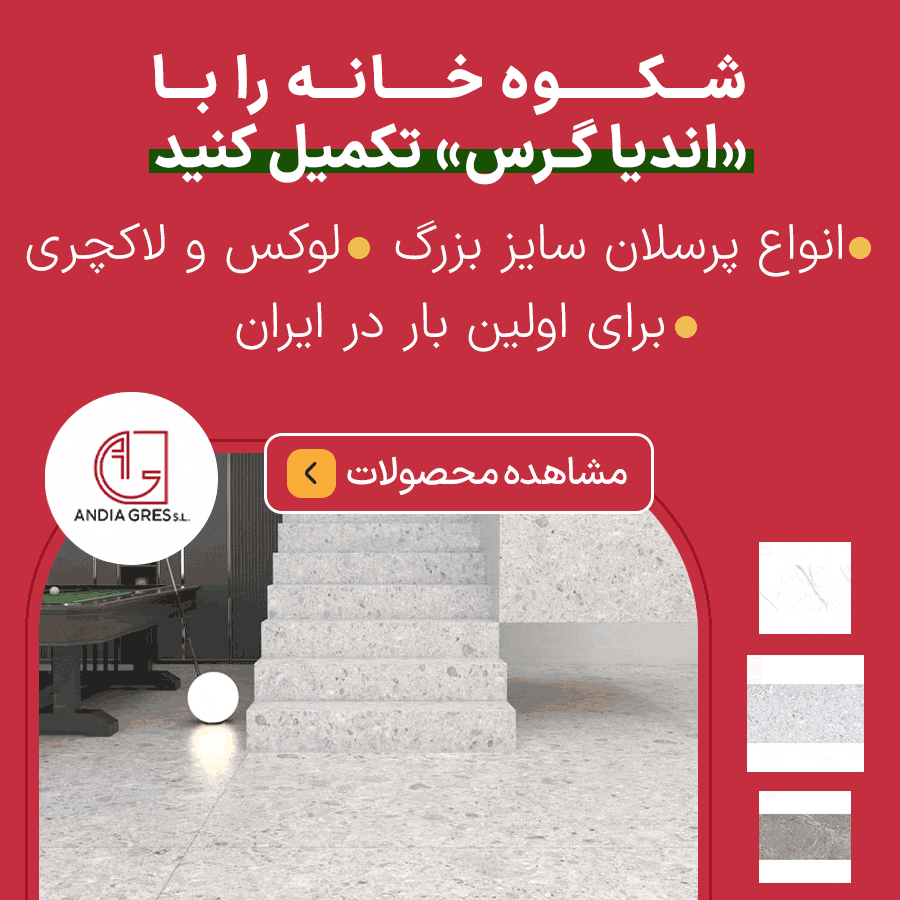




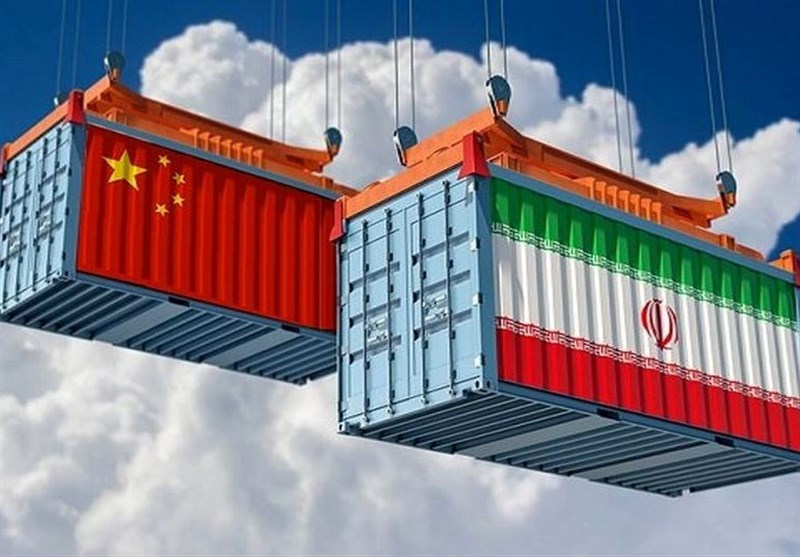
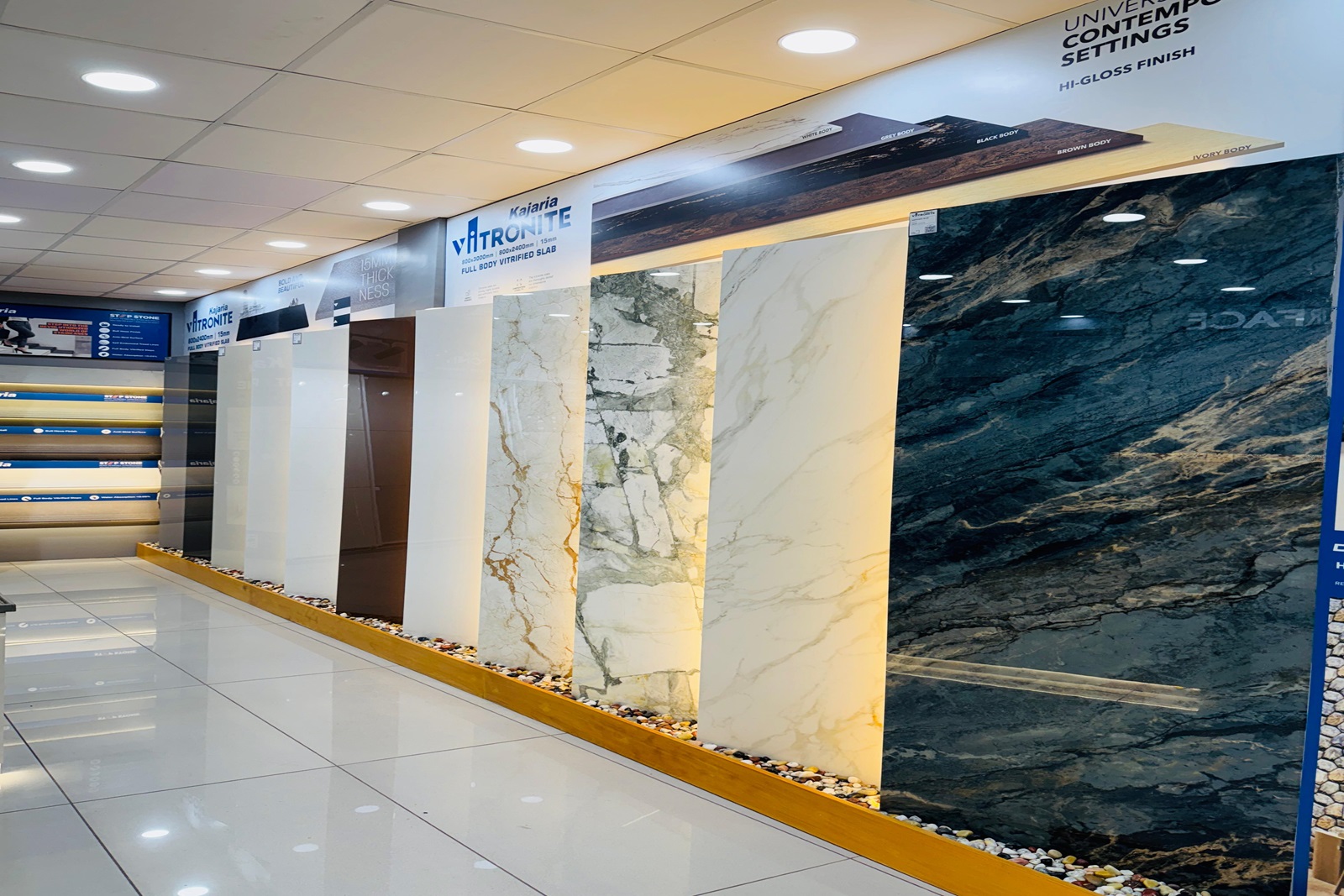
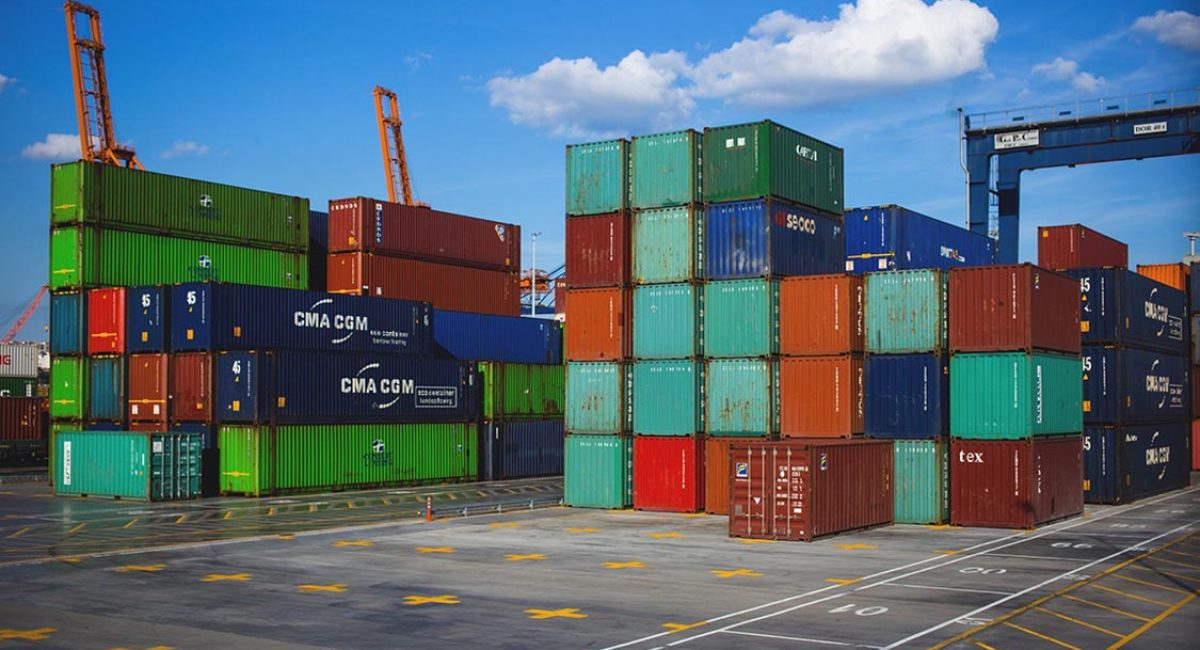

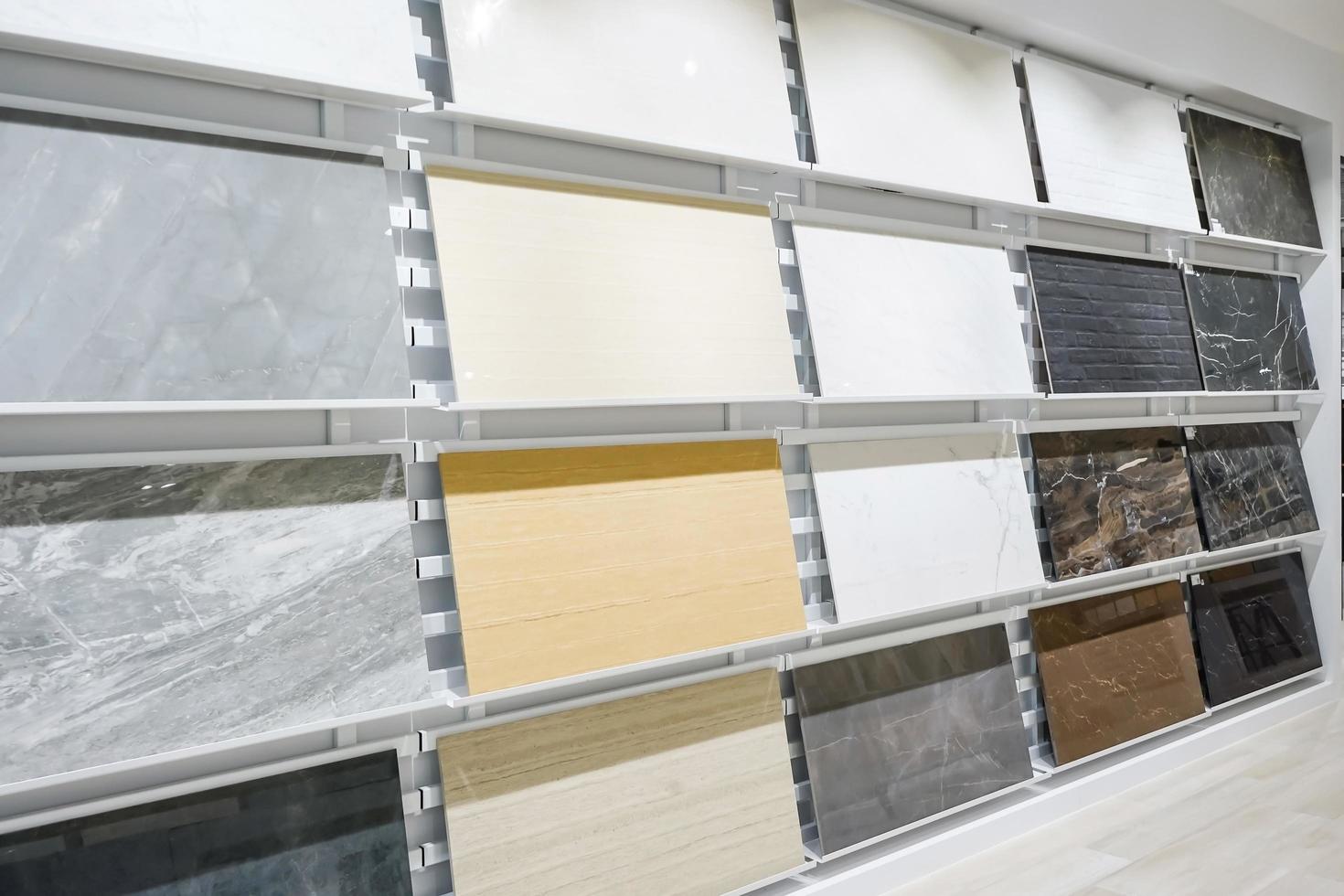
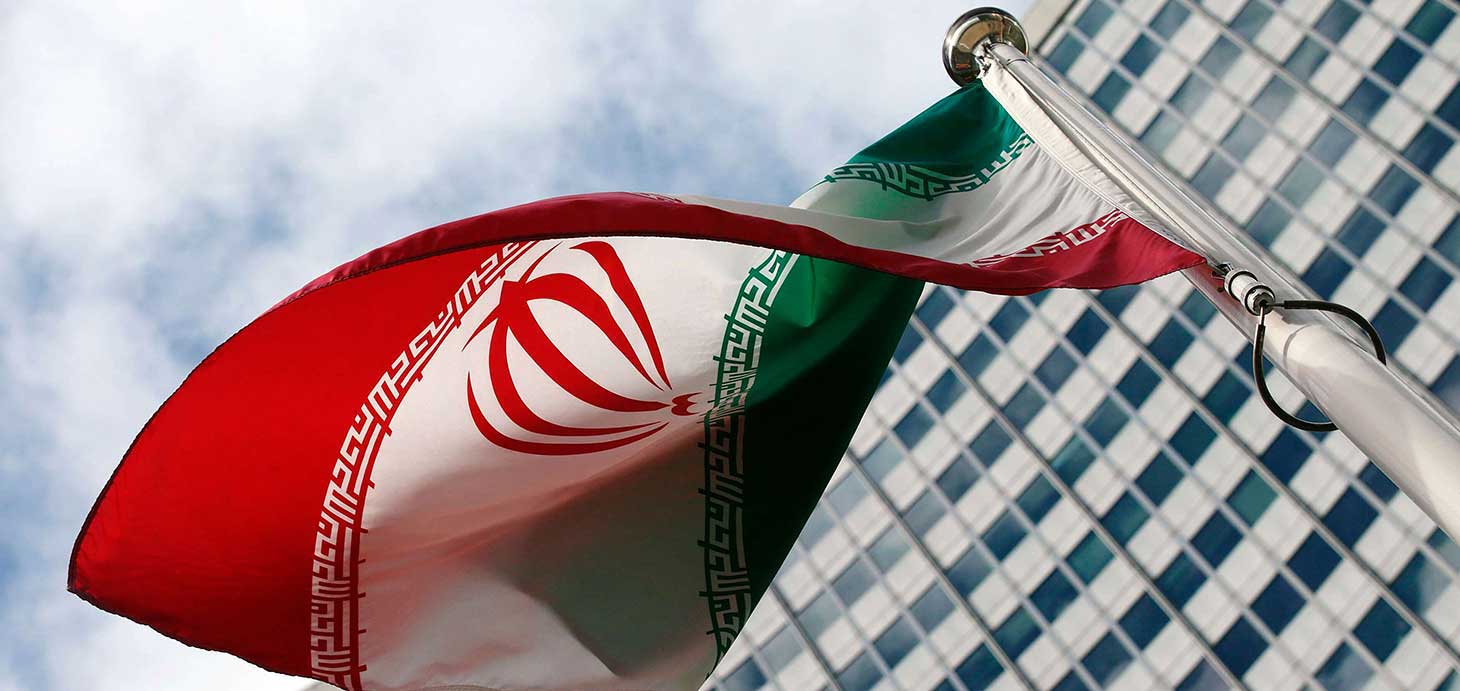

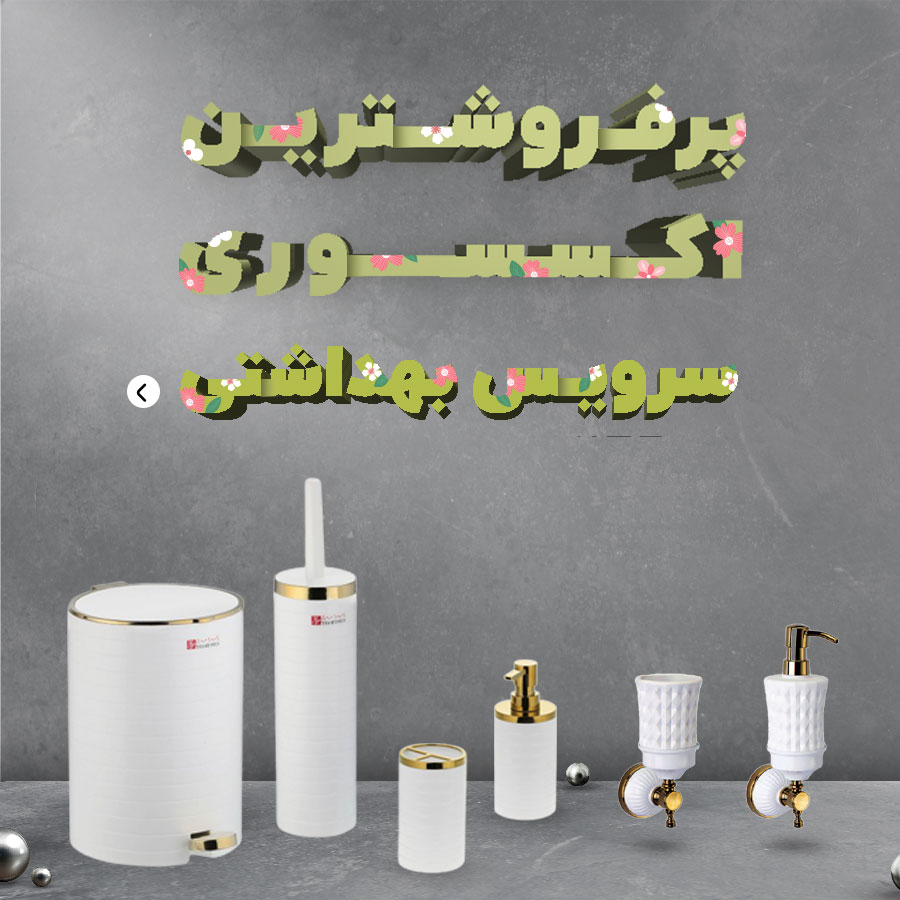

نظرات ۰